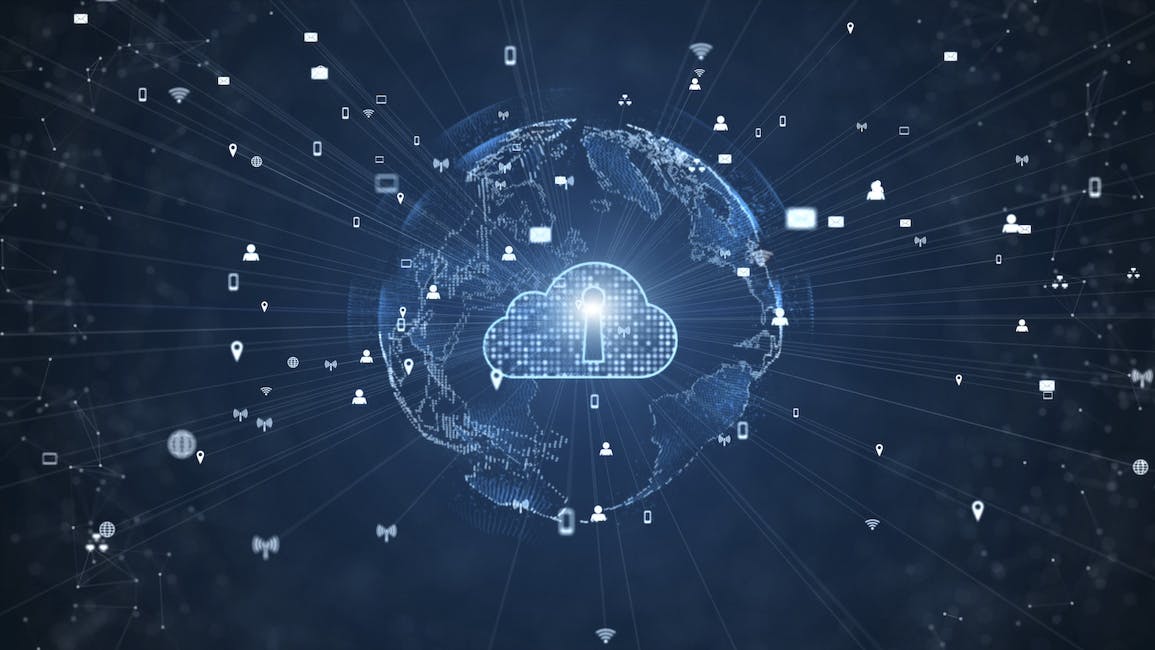Agencies Share Similar Data Challenges Despite Size
For homeland security and trade agencies, moving from data centers to a hybrid cloud is part of the solution

As data becomes increasingly valuable, federal agencies are prioritizing data but struggling to manage it. The Department of Homeland Security and the U.S. Trade and Development Agency are working toward understanding their diverse data sets as they move them to the cloud.
“We definitely see the data value as gold,” said DHS Cloud Architect Richie Balkissoon at Meritalk’s Aug. 20 Inspiring Innovation event. DHS has found that having a hybrid cloud approach makes the agency more nimble, along with the guidance of a chief data officer.
USTDA is considering a hybrid cloud that would involve its home network, the commercial world and the federal data center so that its databases are secure and accessible anywhere, especially for its mission operators.
“Our mission operators travel around the world doing briefings on reverse trade missions talking about durability of U.S. goods as well as total cost of ownership,” said CIO Benjamin Bergersen. “They are looking for that data to always be on their smartphone and on their tablet, and they don’t really want to say, ‘Well, I have to VPN back to a single data center in D.C.’”
Managing data, however, continues to be a challenge for both agencies. DHS has reached out to CDM and network specialists, its security operations centers and its components to help direct the agency on how it should store and encrypt its information, according to Balkissoon.
To tackle the same issue, USTDA brought in a data architecture and database administration team to evaluate its data in terms of value and application. The agency wanted to determine whether it should be collecting different information to “decide how U.S. exports could be marketed to other countries,” said Bergersen. The most important questions were, “What are the success factors?” and “What is the long-term return on investment?”
Bergersen was pleased to share the development agency’s progress on its network modernization, recalling a time in which network maintenance was a great impediment to employee productivity and had to be announced ahead of time. Now, employees no longer experience any interruption when the internet connection is disrupted.
“They didn’t even realize we took the internet connection down because it was cached on their network cloud drive, which was on their PC and on their laptop,” Bergersen said. “When the network connection came back on [and] the maintenance was over, it would synchronize. They never even knew that we were doing maintenance anymore.”
Another benefit of transferring information from data centers to the cloud is that agencies can save money — including DHS. “There are opportunities for cost savings when done correctly. It’s just a matter of making sure that you know what your data is and how it’s mapped,” said Balkissoon.
This is a carousel with manually rotating slides. Use Next and Previous buttons to navigate or jump to a slide with the slide dots
-

Elevating Cybersecurity in the Intelligence Community
The Intelligence Community is developing strategies to protect data and strengthen resiliency against emerging cyber threats.
30m watch -

Best Practices for Agencies Modernizing Infrastructure for 5G
Hear from leaders on how they’re preparing for 5G, highlighting key challenges and lessons learned along the way.
25m watch -

IARPA Director: U.S. Must Lead in AI to Stay Ahead of Adversaries
IARPA Director Rick Muller highlights the agency’s role in advancing AI research and safeguarding U.S. interests amid global competition.
5m read -

Census Bureau Embraces Modernization, Data Innovation
Census Deputy Director and Chief Operating Officer Ron Jarmin outlines how the bureau is expanding its data collection, using AI to make Census staff more efficient and spearheading modernization efforts to better meet 21st century data needs.
23m listen







